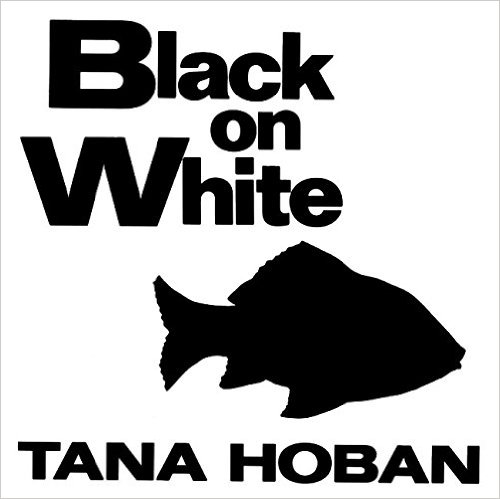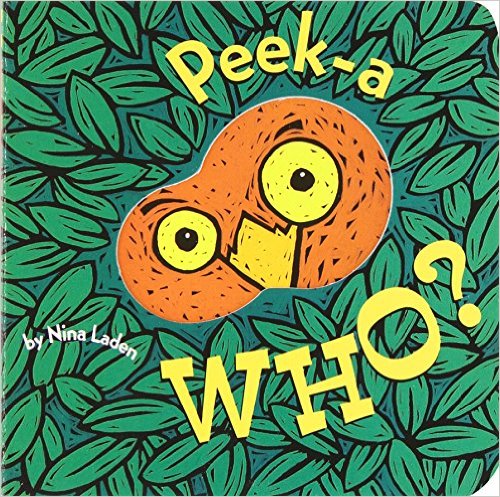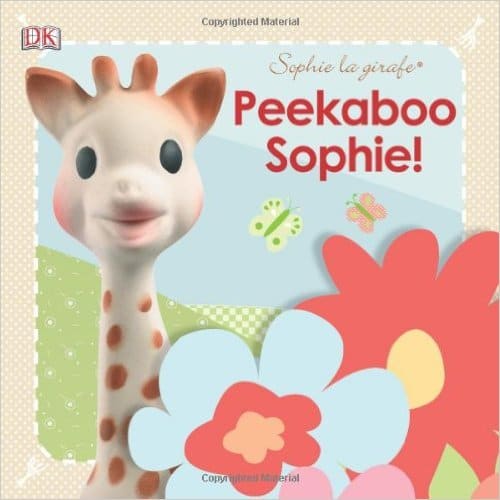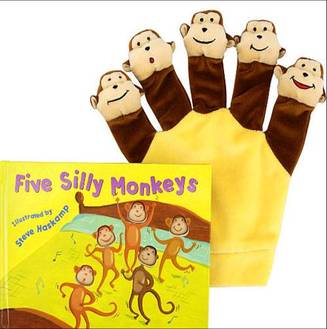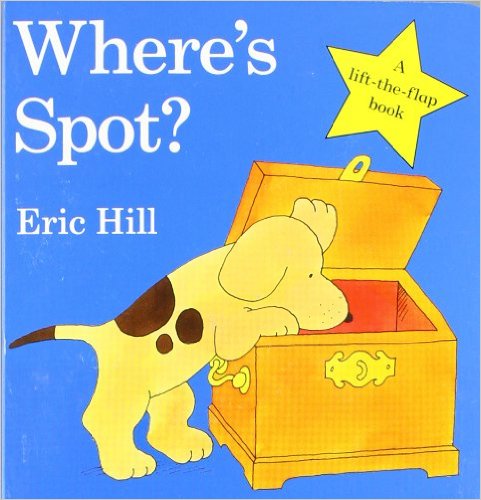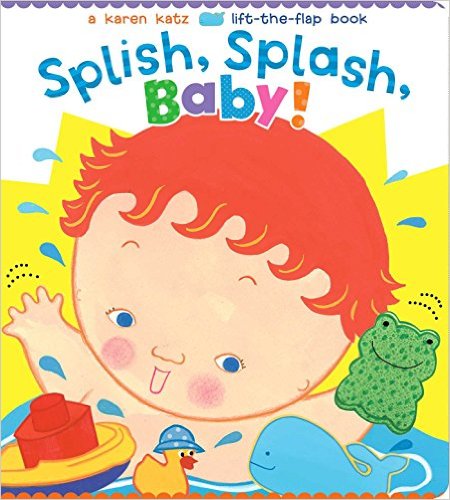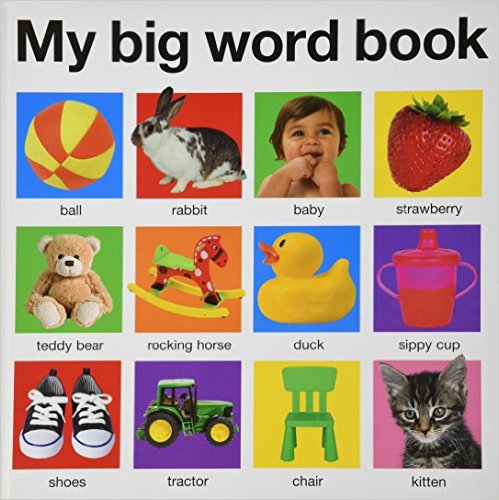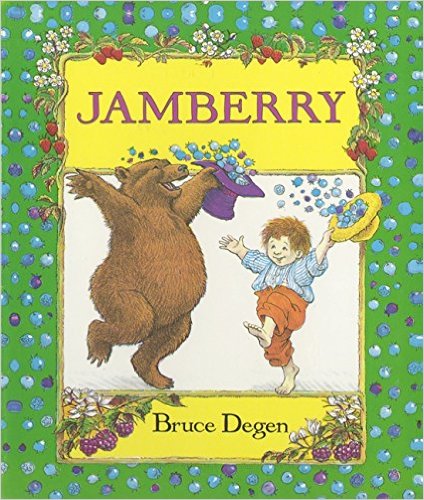I am SO excited about this post because it guest stars my smart, beautiful, thoughtful sister, Liz, who holds a Masters of Education in Reading Education, has nurtured many wee ones in their early literacy journeys as a Kindergarten and 1st-grade teacher, and is currently raising a bright and curious #minimagpie of her own. One of my very favorite gifts for my own #minimagpie was a thoughtfully-curated basket of books–one age-appropriate pick for each month of #mini’s first year of life!–that Liz gave me at my baby shower, so I asked her to write a post sharing her top picks for the best books for babies. (I also thought it was pret-ty dope that after sharing 10 life-changing books last week and my top 10 favorite beach reads earlier today, the #minimagpies should get a bookworm post, too.)
xoxo
TheFashionMagpie
~~~~~~
When I was excitedly dreaming up all the gifts I could give to my little niece and precious goddaughter, I thought about how each month “birthday” (i.e. turning 1 month, 2 months…) was such an exciting time, how quickly these tiny humans develop, and how instilling a love of reading and learning was important to the highly-educated, intelligent Shoops.
So, my baby shower gift was a book basket: one book to be unwrapped on each month “birthday,” plus bath books and a few “forever favorites.” I am honored that Jen asked me to share my thinking on these books, based on my M.Ed. in Reading Education and experience with my son, Rhett, who is 18 months old.
Before I begin, I want to explain that these books are often interchangeable with similar books in design, and that all babies–like all humans!–differ in tastes and in the ways they develop! If your baby is not interested in a book one day, don’t force it. You can continue reading to yourself while they play nearby, listening–or just finish another time. You don’t have to read every book word-for-word, either; you can change the narration to fit your own story, or name things in pictures, or read just bits and pieces to keep the pacing interesting to your child.
I also want to encourage everyone to visit the library—often! Although the number of books on your home bookshelves is correlated with positive educational outcomes, and I tremendously appreciated the book gifts I was given for Rhett, nothing replaces the library (and it’s free!) Libraries also offer wonderful free resources including baby through toddler classes. Since Rhett was about 10 months, we have been going at least once–and often twice!–a week, checking out at least 10 books at a time. Until 16 months, when Rhett understood not to tear pages, we only checked out board books, but now Rhett is starting to prefer medium-length picture books (with paper pages) with simple stories and rhythms. Because this post is intended to be about books your child will handle and engage with, I only included board books, but there are of course beautiful and priceless picture books you can read to your baby (especially before they learn to grab!), and it is greatly beneficial to read aloud to your baby from longer books so they start to understand language structure. Tip: keep a special box or basket for library books to stay organized and return your books on time! [Magpie note: I am currently using several of these inexpensive baskets in #minimagpie’s room and closet to store toys, books, and other miscellaneous baby items.]
Finally, the best thing about these books is that your child will enjoy them month after month. Rhett loves to sing Old McDonald and put his finger in the book, turning the pages and “pretend reading” now at 18 months, even as he enjoyed watching the puppet at 2 months!
Month 1: Black on White, by Tana Hoban
At birth, your baby’s vision is not well-developed; he usually cannot see beyond 8-10 inches, though he may look intensely at high-contrast images. For this reason, I would recommend Black and White by Tana Hoban or similar high-contrast books. This picture-only book is great for naming objects, making up simple stories, or just snuggling up to look through together.
Month 2: Old McDonald Finger Puppet book, by Little Learners
This book doesn’t have the whole song (just one refrain), but the finger puppet is the most interesting part anyways at this age! At two months, babies are learning how to track with their eyes and may begin to smile (it’s more than gas or reflex!). Singing to your baby is excellent for language development, as words and sounds are stretched out and slower when sung. I also sang Rhett Mother Goose rhymes and nursery songs during these first few months.
Month 3: Peek-a-Boo Forest, by Lamaze
For the third month, I chose this soft book by Lamaze because babies are learning to grab and beginning to enjoy their sense of touch at this age. This soft book features crinkly lift-the-flaps (Rhett loved that noise and sensation!). There are many other cute soft books Rhett enjoyed at this age. Once we were beyond our fear of SIDS, we would leave them in his crib at night to look through when he woke.
Month 4: Peek-a-Who, by Nina Laden
By the end of his fourth month, researchers believe your baby has a good grasp of his colors. The book I chose has vibrant colors, cute rhymes, and–best of all–a mirror at the end! Nina Laden has an entire series of similar books and Rhett enjoyed all of the ones we could get our hands on!
Month 5: Peek-a-Boo Sophie, by Dawn Sirett
It seems like everyone nowadays has the adorable Sophie La Girafe teether (and most every baby truly loves it, too!). This book features that character, and it was fun for Rhett to draw a connection between the toy and the picture of the toy in the book. It also has lift-the-flaps AND touch-and-feel pictures, which are excellent for engaging your baby! Finally, the last page says, “Time to tickle you, too!,” and since most babies have learned to laugh by 5 months, that cuddling tickle-time is a precious way to bond with your baby.
Month 6: Five Little Monkeys Hand Puppet Book, by Steven Haskamp
At the big half-year birthday, I am sharing an all-time favorite! This book features not only rhyme/song, math concepts, and touch-and-feel monkey head bumps that are fascinating to babies, but also a hand puppet. Rhett is never sick of this book—good thing I enjoy reading it to him again and again!
Month 7: Dear Zoo, by Rod Campbell
By month seven, babies are often able to sit and (clumsily) lift the flaps on their own, enjoying engaging with books in a new, more independent way. This classic book is a favorite of mine and features rhythmic, repetitive language patterns, which are great for language development.
Month 8: Where’s Spot?, by Eric Hill
This is another favorite of mine (although I should note that the other Spot books by Eric Hill are not nearly as good–nor do they usually have lift-the-flaps). However, in my opinion, Where’s Spot? brilliantly teaches location and positional prepositions (i.e. in, under, behind), develops object permanence (babies around this age learn that things can be hidden and enjoy looking for things), and is fun to read.
Month 9: Splish Splash Baby, by Karen Katz
Karen Katz is a popular current author who gets babies. The bright colors, simple language, and lift-the-flaps thrill babies at this age. We have several of her books, including Splish Splash, and most of her books name body parts. Rhett loved pointing to his own eyes, ears, and nose while reading her books.
Month 10: Doggies, by Sandra Boynton
Sandra Boynton is another popular current author whose silly books are enjoyed by babies and toddlers. This one features number concepts and lots of different kinds of dogs/barks!
Month 11: My Big Word Book, by Roger Priddy
Babies will often enjoy large board books like this one even earlier than 11 months, but language and first words really take off around this age. For that reason, I chose this large word book; babies will enjoy comparing the bright, colorful photos of objects with real objects around the house. Roger Priddy also writes an entire series of “First 100” word (smaller) board books that are beloved.
Month 12: Jamberry, by Bruce Degen
There are countless fantastic board books out there (and wait till you hit the picture book shelves!), but I instantly loved this book: it’s beautifully illustrated, it’s brilliantly written, and it’s rhythmic, rhyming, and repetitive (which babies love!) Best of all, many babies love berries [Magpie note: I have never seen a child eat more blueberries than Rhett.] and seeing them spill over the pages of the book!
Snuggle up to that baby — and happy reading!

